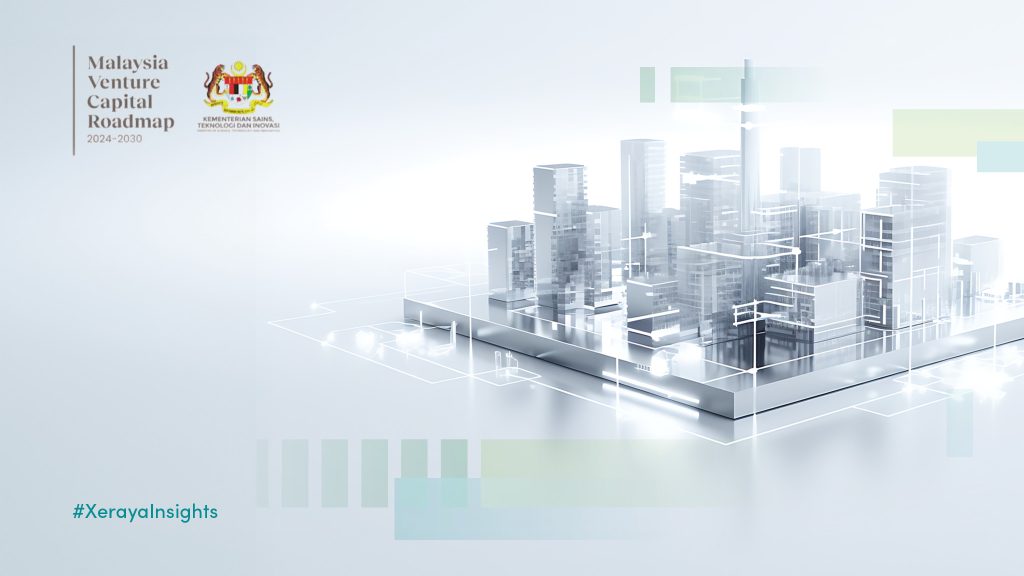There’s no doubt that the field of life sciences presents many opportunities in terms of human health and the environment. Life sciences discoveries are helpful in improving everyone’s quality and standard of life and have applications in health, agriculture, medicine and the pharmaceutical industries. From medical technology to environmental health and food science, this exciting field is constantly growing, partly due to modern advances in computing and materials.
Scientists and researchers are more dependent than ever before on the use of technology to address the pressing global problems in healthcare and beyond. The human population has passed the 7.6 billion-mark; research centres and medical institutions are having to innovate on how information is being collected, managed and analysed.
Life Science & Technology: In a Nutshell
The advent of cloud computing and networked data-centres all around the world, coupled to the introduction of electronic devices that are constantly sharing information, has paved the way for the implementation of advanced data-processing centres. Modern equipment controlled by advanced processors can perform rapid computation with massive amounts of data, to the point that allows researchers to visualise single molecules within cells in real time.
Combining today’s data analytics and artificial intelligence (AI), life scientists can visualise interactions between novel therapeutics and their targets. With that said, science and technology are in fact a crucial combination.
So, without further ado, here are some of the life science trends we expect to see in 2019.

Gene & Immunomodulation Therapy
Firstly, what is ‘immunomodulation’? It simply refers to any process in which an immune response is altered to the desired level. Say, for example, you’re allergic to milk, peanuts or seafood (allergens). ‘Allergen immunotherapy’ would help to reduce your sensitivity and lessen the severity of reaction when exposed to these respective allergens.
Taking a bold step forward, our human bodies may soon be able to repair themselves! Using genetic tools such as CRISPR, researchers are working to tweak the various functions of the human body to enable its ‘self-repair’. There are ongoing clinical trials on patients to self-repair various conditions including cancer, HIV/AIDs, nerve damage, and even muscle diseases – several of these therapies are already cleared by the Food and Drug Administration (FDA).
Advanced Genomics & Sequencing
Genomics is an industry at the intersection of biology and technology. Researchers will soon be able to read and understand genetic variations associated with health, disease and drug response. This field will allow researchers to understand the relationship between parents and their children, identify variants and indels, and enable better clinical interpretations by having hereditary or pre-existing conditions made clear in the patient’s gene panels.
For example, with advanced genomics, scientists will soon be able to answer the most challenging life science questions of our time, such as:
- What causes a cancer cell to mutate?
- What is the origin of a complex disease?
- How do we modify crops for sustainable food production?
Neurofeedback in Patient Treatment
Neurofeedback is also known as EEG (electroencephalogram) biofeedback. It is a therapeutic intervention that provides immediate feedback from a computer-based program that assesses a client’s brainwave activity. The program then uses sound or visual signals to reorganise or retrain these brain signals.
Researchers are actively investigating the use of neurofeedback in treating patients with varying neurological and psychological conditions. This is a growing field in medical technology. In 2017, the market for neurofeedback was at USD 37 million. By 2025, it is expected to reach USD 57 million.
With neurofeedback, researchers can better understand complex psychological disorders such as depression and anxiety. This field has mostly relied on interview sessions and behavioural assessments.
In addition, this technology can be used to track motor disorders such as Parkinson’s disease and stroke, or the amount of pain resulting from damage to the central nervous system. This type of therapy is considered valuable, as a long-term solution for treating chronic pain is not yet available.
Health Data Sharing
Doctors often track a patient’s health through data analytics, but here’s the problem: patients’ healthcare records are often so siloed that they don’t leave a hospital or even a particular office. An upcoming trend this year is where we as individuals, can opt to share our health and DNA data onto secure research platforms, in return for benefits or ‘shares’.
By patients continuously contributing new health and lifestyle data, it will help researchers discover correlations between DNA, conditions, medications and outcomes. Data-sharing drives discovery and allows for breakthroughs.
That being said, the advancement of health analytics can only be fulfilled through the concept of open data. These ‘data-banks’ of patient healthcare records can be regulated through taxpayer-funded programs for query and research.
Purpose-Driven Data Analytics
There is a need to address the increasing volume of data. The biggest challenge is to clean, trim, and filter data that is usable before analytics can even begin. In fact, medical research centres claim that data management alone takes up 80% of the work prior to actual analytics. Unfortunately, healthcare systems are not learning from this cycle and too often restart the cycle prematurely just to implement new data or analytics capabilities.
Hence the phrase ‘purpose-driven’. Data analytics that is purpose-driven ensures that critical information is both available and actionable to various healthcare talents (physicians, surgeons, nurses, etc.). This would benefit stakeholders at various levels from financial and management, to clinical and research.

Applying Artificial Intelligence
We’ve covered data sharing and purpose-driven data analytics; at this point the amount of data collected and managed is huge, in the scale of hundreds of millions of patients at a time.
Effective data-sharing and analytics is almost impossible without artificial intelligence (AI) or predictive analytics, especially in the healthcare sector. Implementation of AI would help the entire workflow by allowing the relevant stakeholders to cut through the noise and information clutter. For instance, by unlocking clinically relevant information hidden in the massive amounts of data, AI can assist physicians to make better clinical decisions as and when they treat their patients.
Telehealth & Life Sciences
In recent years, telehealth is enabling seamless integration between healthcare providers, medical facilities, and the patients they serve. The market value for telehealth is expected to increase from USD 14 billion in 2013 to USD 36 billion in 2020.
Telehealth will rapidly accelerate advancement across various life sciences. Novel innovations can be disseminated and implemented rapidly in areas of clinical study, laboratory bench research, and population health.
Cyber-BioSecurity
Medical and life science organisations must work together to combat cyber-security threats and protect the growing volume of data. Let’s face it, we are all connected in one way or another. Electronic health records, genomic research databases, etc. will be accessible through devices that are always connected to the internet. Your smartphones and smartwatches are no exception. Such devices are always rigged to monitor your heart rate and physical activity.
To put things in perspective, a study conducted on data breaches in the US from 2013-2017 (a 5-year period) revealed that there were 1,512 security incidents, affecting 154,415,257 patient records. The risk for ‘cyberbio’ attacks can be severe. For instance, by a hacker tampering and corrupting research databases, it could result in the production of dangerous products or inaccurate medical recommendations.
The life sciences industry as a whole must continue to raise awareness of these issues, assess gaps in security throughout the entire system, and develop measures mapped to cyber best practices.
In Conclusion?
Key scientific research into gene and immunomodulation therapy and neurofeedback remains relevant and is poised to introduce medical breakthroughs. Data-sharing, analytics and AI, however, are gaining more attention from the healthcare industry.
Data-sharing allows for more precise and conclusive interpretation based on large sample volumes. This, in turn, drives research discoveries and breakthroughs. Through purpose-driven analytics, relevant and actionable information is made available for patient-specific issues. With the scale of data achieved from such endeavours, the implementation of AI is essential to assist in the decision making process among healthcare providers.
We hope you find this article useful. Do check out our SlideShare on this subject. Please like and share this article. Do leave a comment and let us know what you think. For more information, contact us at xeraya@xeraya.com or visit our website at http://www.xeraya.com/
Sources:
1. https://www.boozallen.com/c/insight/publication/life-sciences-trends-to-watch-in-2019.html
2. http://www.worldometers.info/world-population/
3. https://en.wikipedia.org/wiki/Immunotherapy
4. https://www.psychologytoday.com/intl/therapy-types/neurofeedback
5. https://www.peccoud.org/synthetic-biology-informatics/cyberbiosecurity-biological-security/




